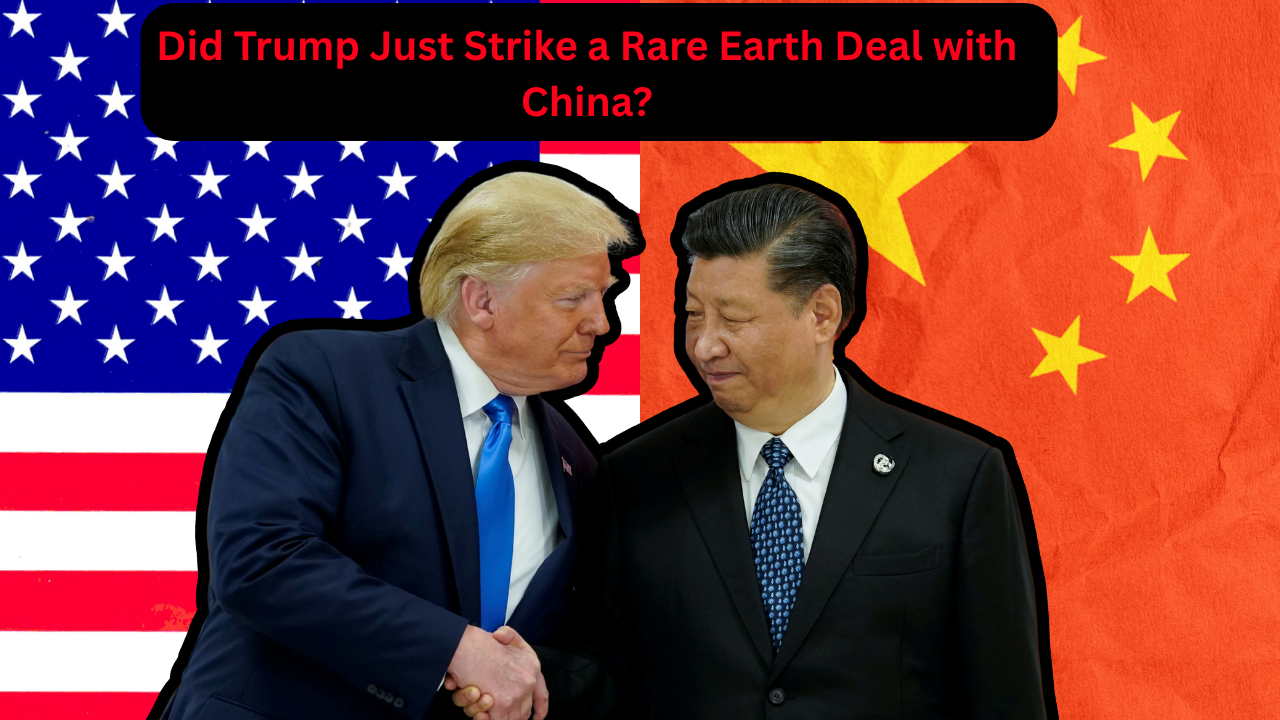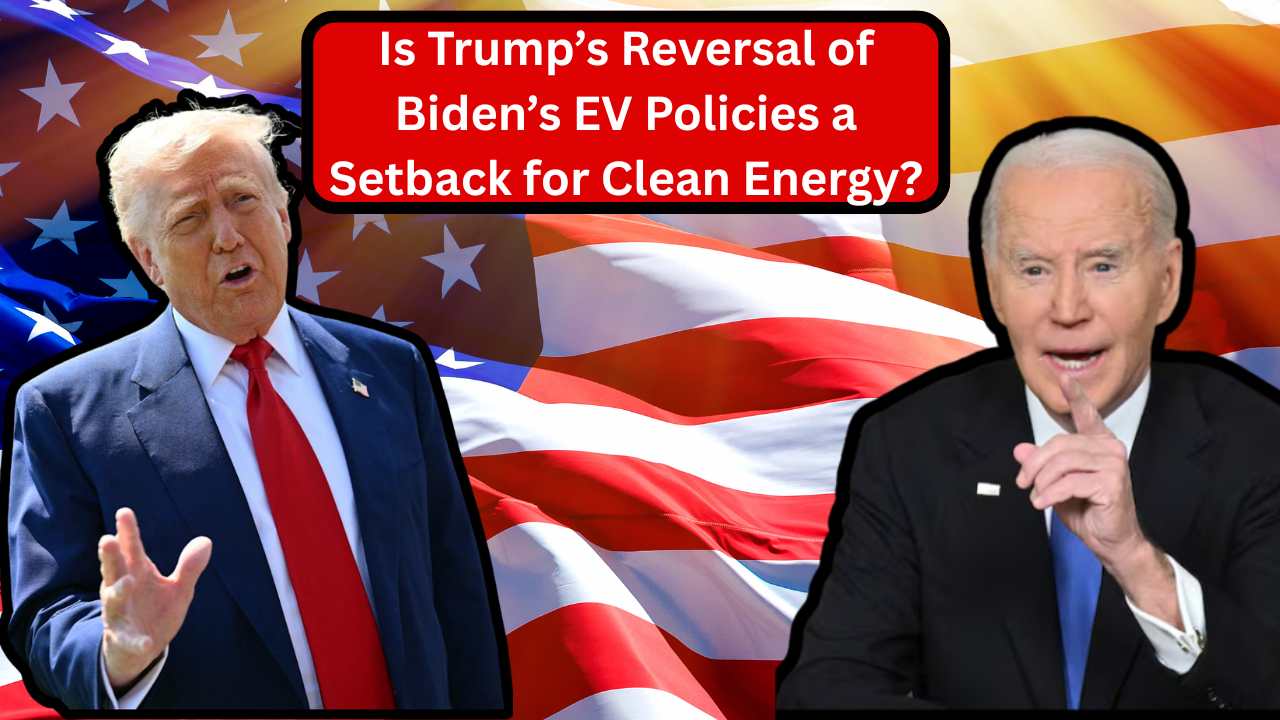In a move that could reshape U.S.-China trade dynamics and secure critical resources for American industries, President Donald Trump announced on June 11, 2025, a framework agreement with China to resume exports of rare earth minerals and magnets. The deal, described by Trump as “done” pending final approval from himself and Chinese President Xi Jinping, follows months of escalating trade tensions and export restrictions that disrupted global supply chains. This article explores the details of the agreement, its implications for U.S. industries, the strategic importance of rare earths, and the broader geopolitical context, while critically examining whether this deal offers a lasting solution or merely a temporary reprieve.
Background: The Rare Earth Standoff
Rare earth elements (REEs) are a group of 17 metallic elements critical to manufacturing high-tech products, from electric vehicle motors to fighter jets, smartphones, and wind turbines. Despite their name, these elements are relatively abundant in the Earth’s crust, but their extraction and processing are complex, costly, and environmentally intensive. China dominates the global rare earth supply chain, accounting for approximately 61% of mined production and 92% of processing, according to the International Energy Agency.
The U.S., heavily reliant on Chinese imports for 70% of its rare earth compounds and metals between 2020 and 2023, has long viewed this dependency as a national security vulnerability. Tensions escalated in April 2025 when China imposed export restrictions on seven rare earth minerals and related magnets, requiring government approval for each shipment. This move was widely seen as retaliation for Trump’s imposition of 34% “reciprocal” tariffs on Chinese goods, marking the start of a renewed trade war.
The restrictions disrupted U.S. industries, with automakers like Ford temporarily halting production of vehicles like the Explorer SUV due to a lack of magnets. Defense contractors, including Lockheed Martin, faced risks to production of military equipment, as rare earths like samarium are essential for smart bombs and F-35 fighter jets. The chokehold on supply chains underscored China’s leverage and prompted urgent negotiations to restore access to these critical materials.
The Deal: What We Know
On June 11, 2025, Trump announced via Truth Social that China would supply “full magnets, and any necessary rare earths, upfront” as part of a trade framework agreement. In return, the U.S. would ease restrictions on Chinese students attending American colleges and universities, a measure previously threatened as a counter to China’s export curbs. The agreement also sets U.S. tariffs on Chinese goods at 55%—comprising a 10% baseline tariff, a 20% tariff linked to fentanyl trafficking, and 25% pre-existing tariffs—while China would impose 10% tariffs on U.S. imports.
The deal emerged from two days of high-level talks in London, led by U.S. Commerce Secretary Howard Lutnick, Treasury Secretary Scott Bessent, and Trade Representative Jamieson Greer, alongside Chinese Vice Commerce Minister Li Chenggang. Lutnick expressed optimism that the framework would resolve concerns over rare earths and magnets, describing it as putting “meat on the bones” of a prior truce reached in Geneva in May 2025. The Geneva agreement had temporarily reduced U.S. tariffs from 145% to 30% and Chinese tariffs to 10%, but faltered when China slow-walked rare earth export licenses.
Trump’s announcement emphasized an “excellent” relationship with China, suggesting a de-escalation of tensions. However, details remain scarce, and the agreement awaits final approval from both leaders. Reports indicate China’s commitment to ease export restrictions may be limited to six months, raising questions about the deal’s durability.
Strategic Implications for the U.S.
The immediate benefit of the deal is the restoration of rare earth supplies, averting further disruptions to U.S. automotive, electronics, and defense sectors. For example, an F-35 fighter jet requires over 900 pounds of rare earth elements, and the Department of Defense’s 2024 National Defense Industrial Strategy aims to establish a fully integrated rare earth supply chain by 2027. The agreement buys time for these industries while negotiations continue.
However, the deal does not address the U.S.’s long-term dependency on China. Domestic efforts to bolster rare earth production, such as MP Materials’ Mountain Pass mine in California, are progressing but remain insufficient. MP Materials is projected to produce only 1,000 tons of neodymium-iron-boron magnets annually by the end of 2025, compared to China’s 138,000 tons in 2018. Executive Order 14241, signed by Trump, directs federal agencies to streamline permitting for domestic mining, but experts estimate it could take five to ten years to significantly reduce reliance on Chinese processing.
The deal also highlights China’s strategic leverage. As noted by Chinese scholars like Wu Xinbo of Fudan University, Beijing views rare earths as a “trump card” and is unlikely to relinquish control entirely. China’s export licensing regime, which can take up to 45 days to process applications, allows Beijing to modulate supply as a negotiating tactic. This leverage was evident in 2010 when China halted rare earth exports to Japan over a territorial dispute, demonstrating its willingness to weaponize its dominance.
Geopolitical Context
The rare earth deal is part of a broader U.S.-China trade war that has roiled global markets and supply chains. Trump’s tariff policies, described as erratic by some analysts, have led to congestion at ports and billions in losses for companies. The London framework extends a 90-day tariff pause agreed in Geneva, set to expire in August 2025, but offers little resolution to deeper issues like China’s trade surplus or U.S. restrictions on semiconductor exports.
Allies like Australia are poised to play a role in diversifying rare earth supplies. Australia, the world’s fourth-largest producer, is expanding projects like Iluka Resources’ Eneabba Refinery and Arafura Rare Earths’ Nolans Project, supported by significant government funding. Japan, another U.S. ally, has proposed a “cooperation package” to boost rare earth supplies, reflecting shared concerns about China’s dominance.
Meanwhile, human rights concerns linger. An international rights group reported that global brands risk using forced labor in Chinese supply chains, particularly in Xinjiang, where rare earths are sourced. This adds a moral dimension to the U.S.’s reliance on Chinese minerals.
Critical Analysis: A Win or a Band-Aid?
Trump’s announcement has been met with cautious optimism. U.S. Commerce Secretary Lutnick and White House Press Secretary Karoline Leavitt expressed confidence in the deal, while markets showed little immediate reaction, suggesting skepticism about its scope. Analysts like Terry Haines of Pangaea Policy described the agreement as having “very limited scope and unfinished status,” reflecting its preliminary nature.
Critics argue the deal fails to address structural issues. China’s control over rare earth processing remains unchallenged, and the U.S. lacks the capacity to separate heavy rare earths domestically. The agreement’s reliance on Chinese goodwill, coupled with a six-month export commitment, risks future disruptions if negotiations stall. Moreover, Trump’s concession on Chinese student visas, while framed as a minor gesture, could face scrutiny from his base, given prior concerns about espionage.
Proponents, however, see the deal as a pragmatic step. By securing short-term supplies, the U.S. gains breathing room to invest in domestic and allied supply chains. The Department of Defense’s $439 million investment since 2020 and Australia’s expansion plans signal a concerted effort to reduce dependency. Trump’s personal engagement with Xi, including a 90-minute phone call on June 5, 2025, may also foster dialogue to prevent further escalation.
Looking Ahead
The rare earth deal with China represents a critical, if imperfect, achievement for the Trump administration. It alleviates immediate supply chain pressures and supports U.S. industries vital to economic and national security. However, its limited scope and temporary nature underscore the need for a robust strategy to diversify rare earth sources and build domestic capabilities. As negotiations continue, the U.S. must balance short-term pragmatism with long-term resilience, navigating a complex geopolitical landscape where China holds significant leverage. Whether this deal marks a turning point or a fleeting truce remains to be seen, but it highlights the high stakes of the global rare earth race.


